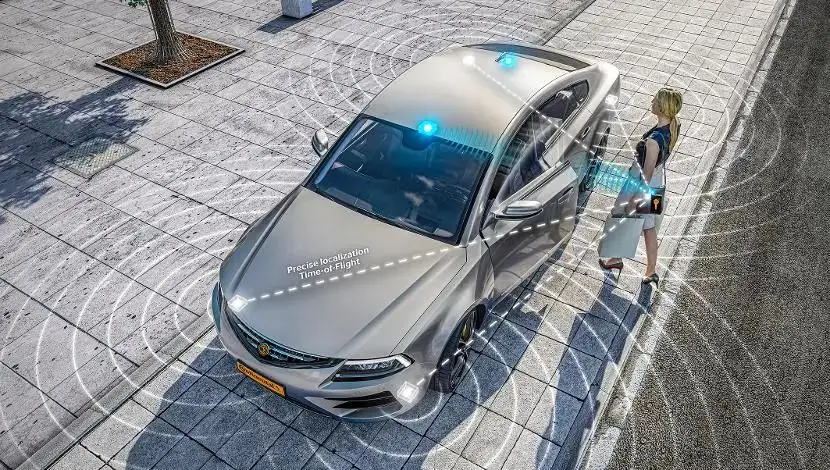The automotive industry is very concerned about safety, coupled with the electrification of power in vehicles in recent years, more and more electronic functions. The EMC testing technology of traditional cars can no longer meet the current electric + smart cars. EMI (Electromagnetic Interference) testing in EMC has always been an important part of automotive testing. However, problems such as long testing time and inability to capture complete signals are the pain points that the entire industry has to face. I heard some sharing from some application parties and solution providers based on the new EMI technology in EMC in an EMC online live event. I will make some simple arrangements based on what I have heard.

Introduction to Automotive EMI
EMI (Electromagnetic Interference) refers to the electromagnetic interference generated by the equipment to the external environment during normal operation. EMI mainly includes CE (conducted interference) and RE (radiated interference). CE refers to the interference conducted from the power line, signal line or control line, and RE refers to the interference radiated from the product housing. Theoretically, a large number of electronic devices housed in an extremely compact space, and the differences are huge, it is possible to emit EMI to the outside world. Vehicles have complex circuits, as well as electronic equipment such as motor control systems, multimedia entertainment, Bluetooth communication, GPS, etc., which may also emit electromagnetic interference to the external environment, which is automotive EMI.

Automotive EMI
The Importance of Automotive EMI Testing
When it comes to the harm of automotive EMI, people in the industry can list a lot of classic cases without any foreshadowing, such as:
During the ABS performance test of a hybrid electric bus, the wheel speed curve of the test instrument fluctuated abnormally when the vehicle was started but not yet running; but when the ABS performance of a traditional internal combustion engine bus was tested, the wheel speed curve of the instrument was completely normal.
A car is equipped with sensitive ABS. When it rains, the electromagnetic interference generated by starting the wipers mistakenly triggers the ABS, resulting in a rear-end collision accident.
The integrated console of a mass-produced model displays the camera signal, causing the dashboard to be blurred
The fault of FM radio noise caused by the ignition of the engine of a certain type of car
So, how to solve the harm of automotive EMI? In addition to reducing EMI through technical shielding, grounding, and reasonable wiring, EMI testing of vehicles is also required.

Today, automobiles are developing rapidly in the direction of electrification, intelligence, and networking. New energy vehicle EMC testing is facing greater challenges: high current, high current, and high power cause more serious electromagnetic interference, and the coupling between components The path is more complex; high-frequency switching devices and inductive loads are serious electromagnetic conduction and radiation interference generated by vehicle equipment and systems during normal operation, and electromagnetic compatibility encounters greater challenges; the control circuit is complex, and the anti-interference requirements are higher.
